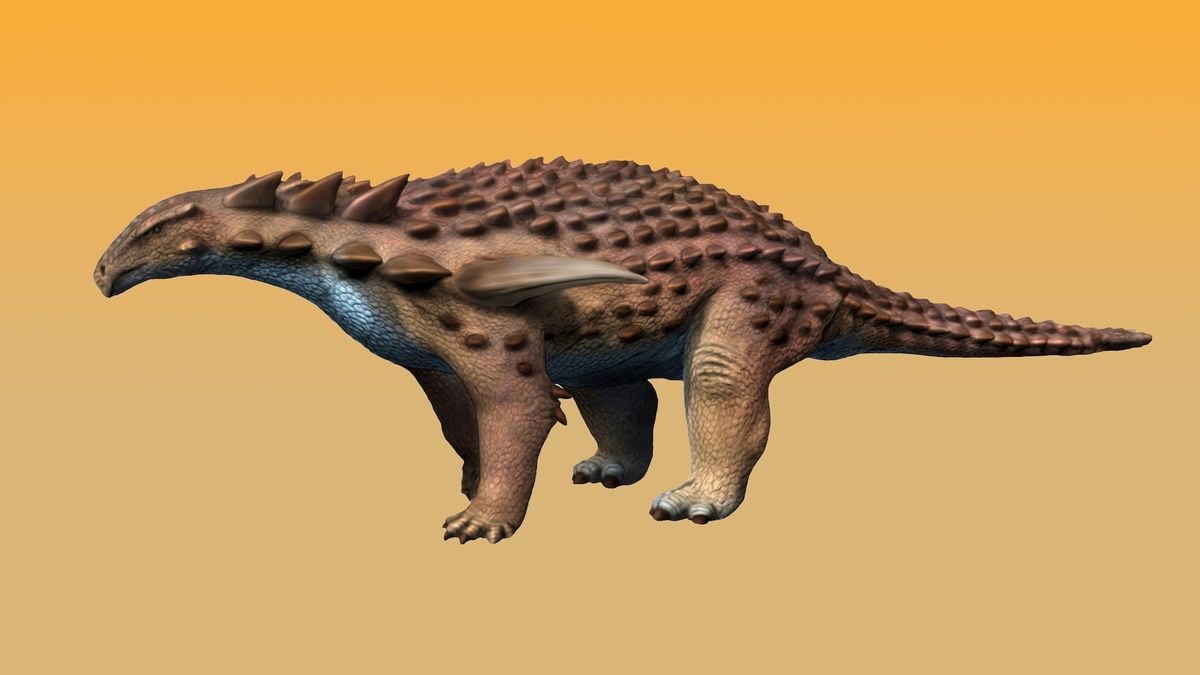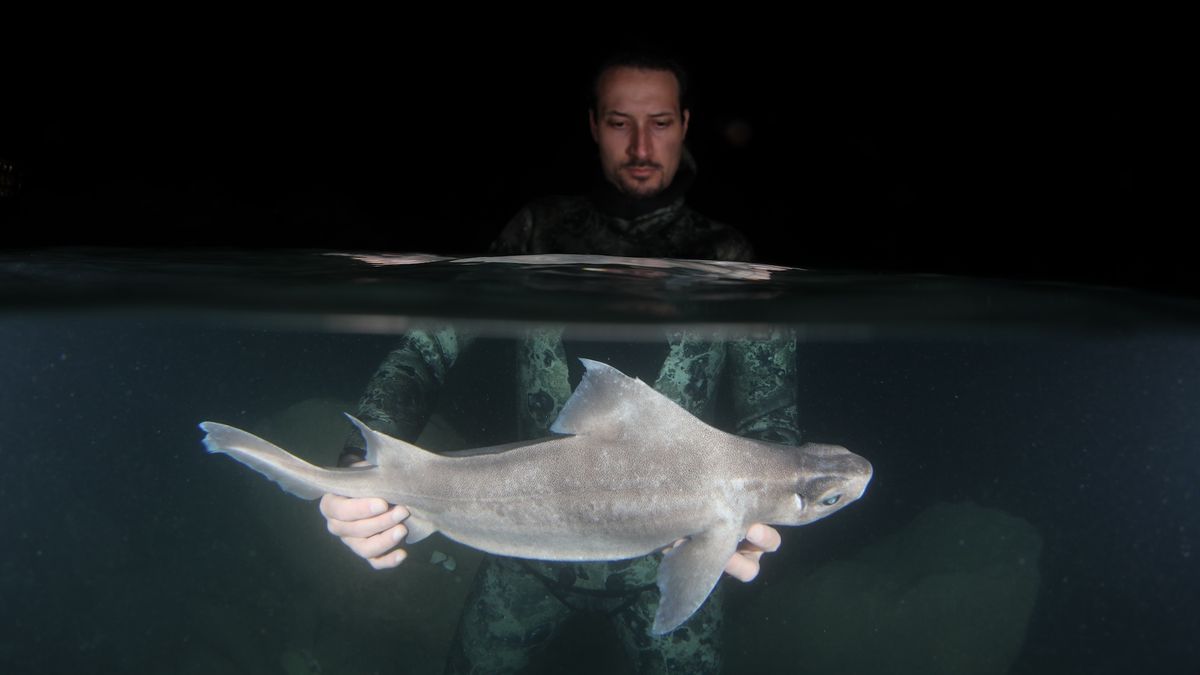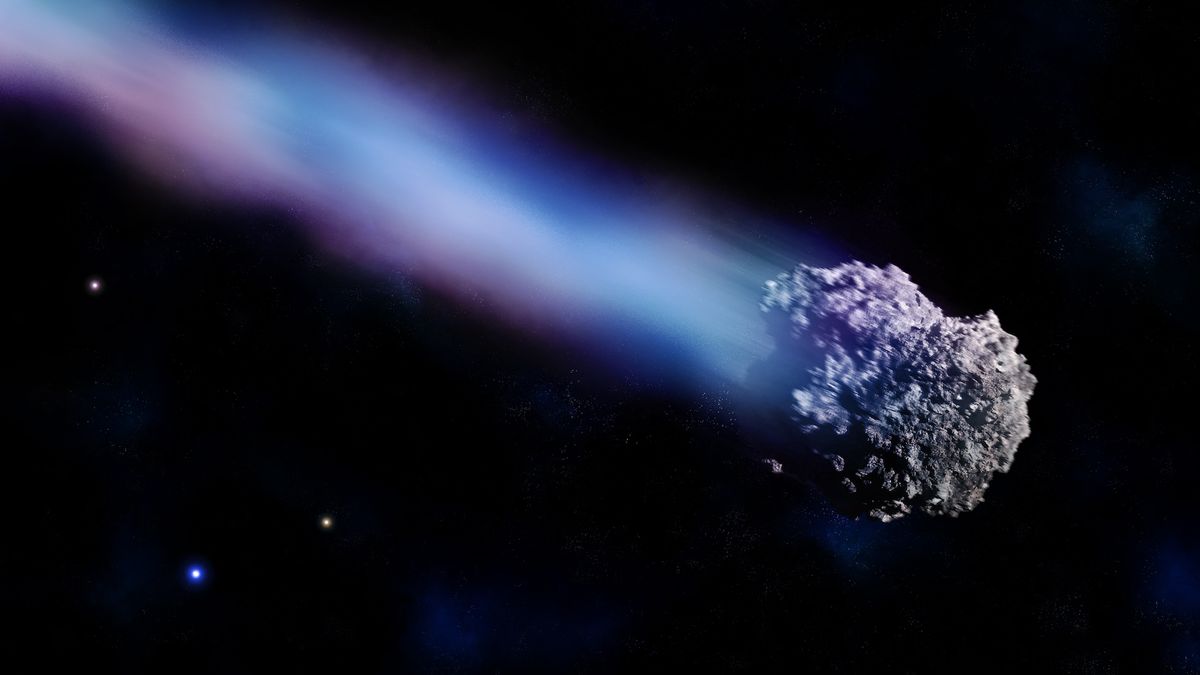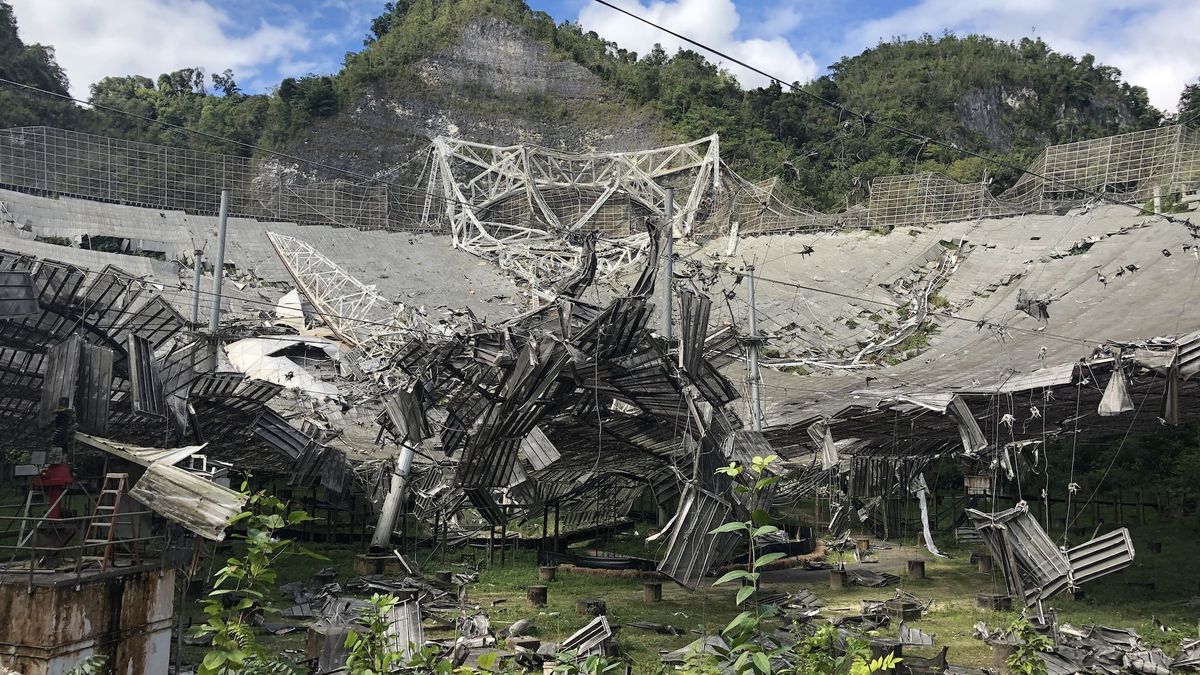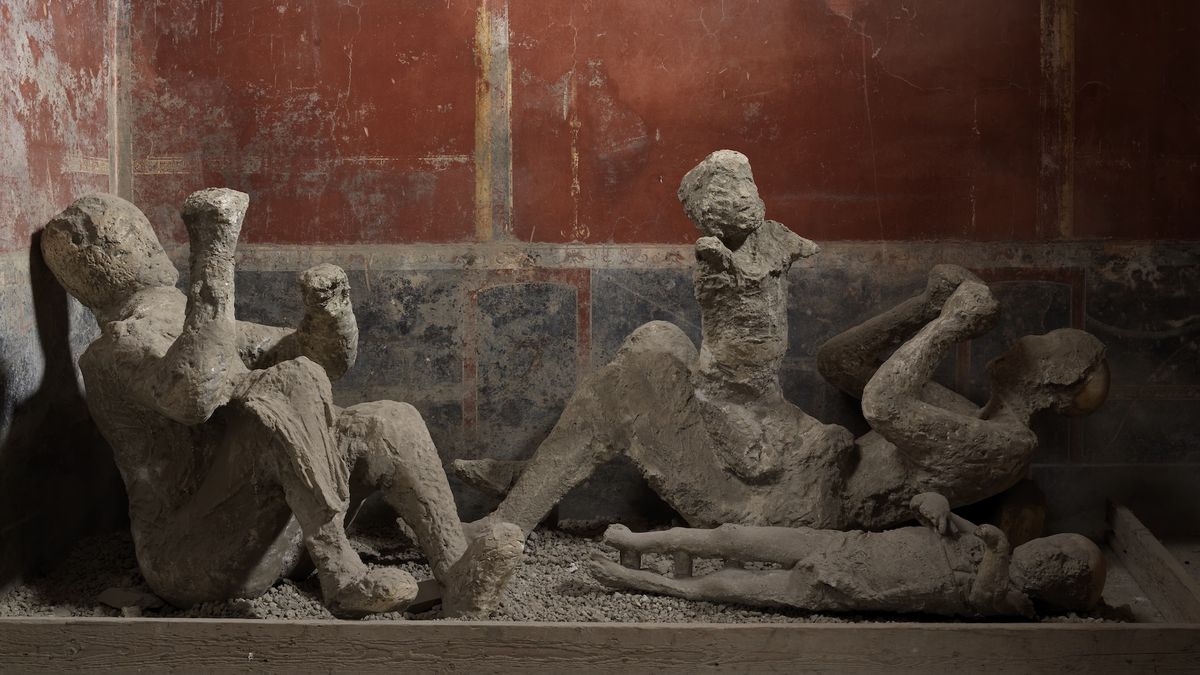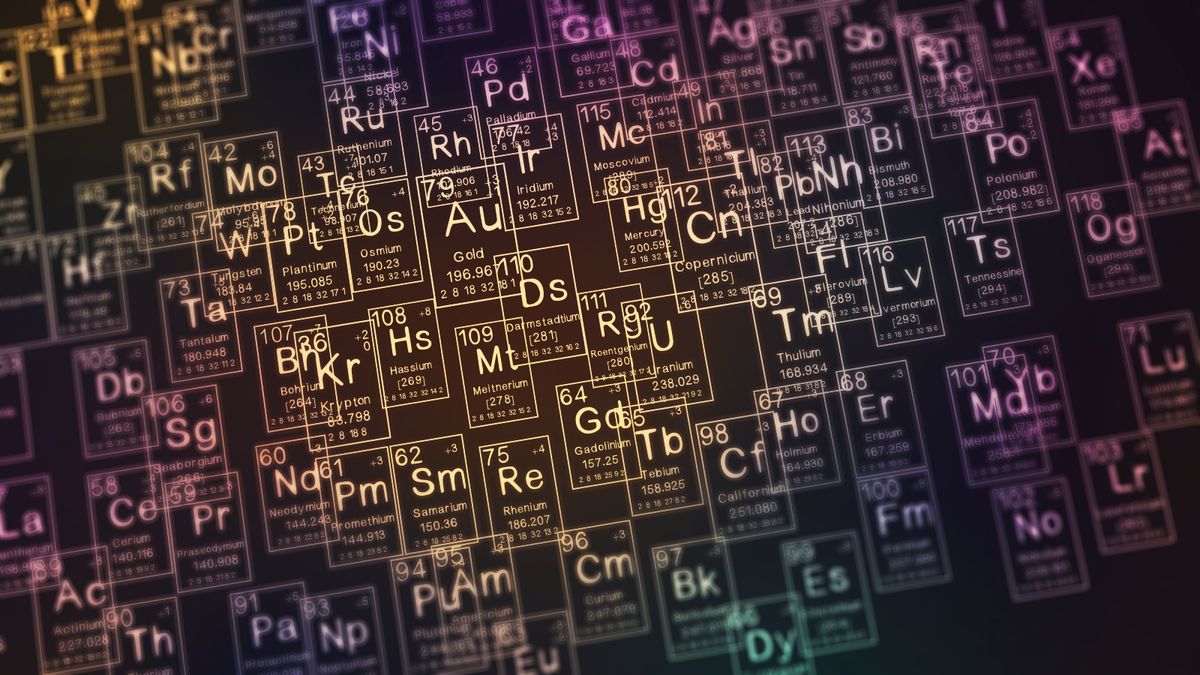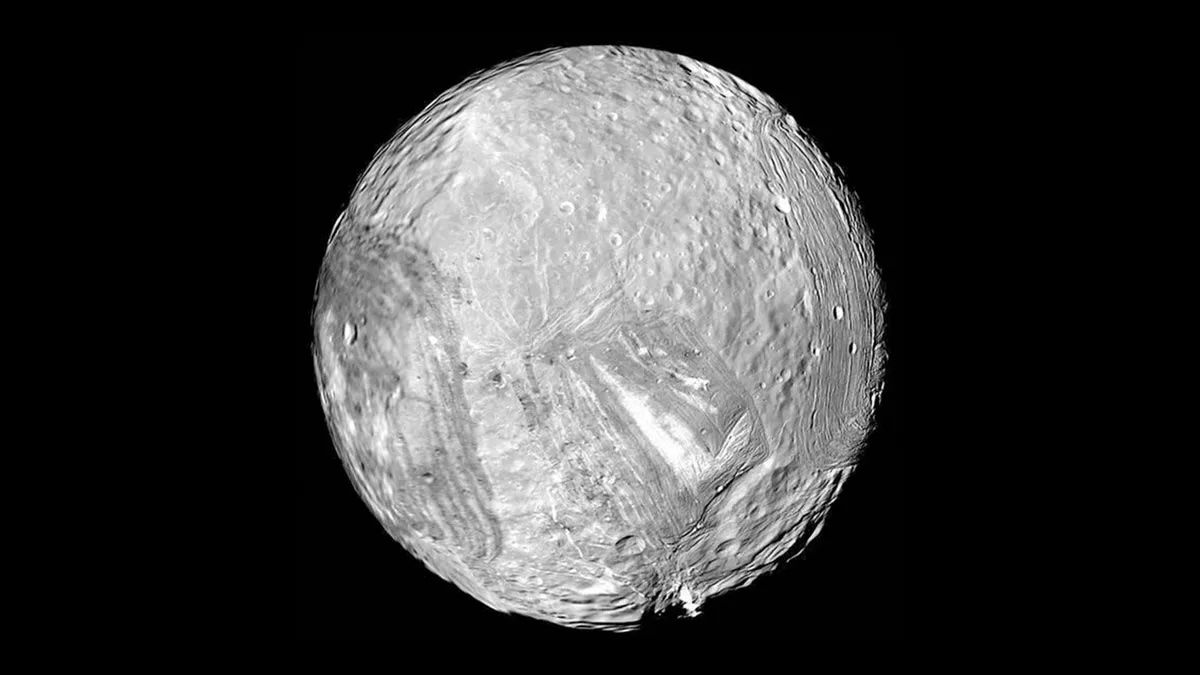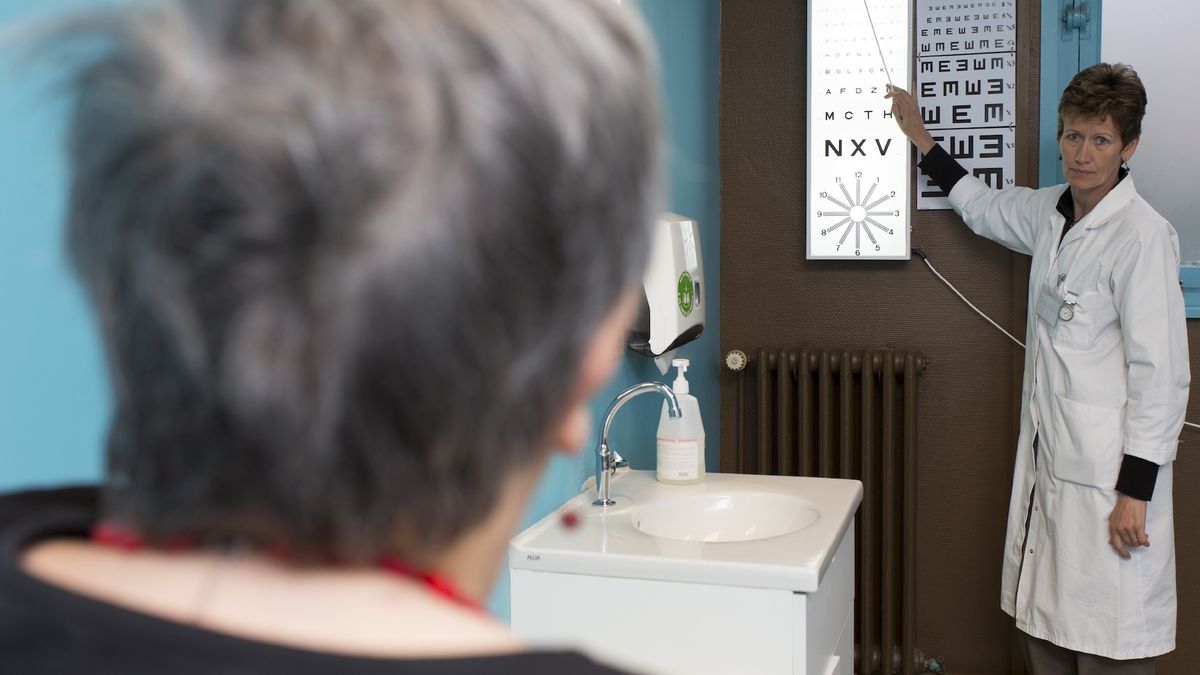Ankylosaur armor could likely withstand the impact of a high-speed car crash, the best-preserved dinosaur fossil on record has revealed.
The fossil belonged to a nodosaur, a plant-eating dinosaur that could grow to be 18 feet (5.5 meters) long and lived about 110 to 112 million years ago, during the Early Cretaceous. The fossil was so well preserved that scientists were able to determine the strength of keratin plates and the bony spikes that covered them.
“This thing could tank an F150 going at speed,” study co-author Michael Habib, a biomechanical paleontologist at UCLA, told Live Science. Habib presented his findings on the nodosaur armor Oct. 30 at the Society for Vertebrate Paleontology’s annual meeting.
Only the bony spikes remained on other fossils from armored dinosaurs. This is because keratin — the dead cells that make up structures like hair and fingernails — doesn’t fossilize well. So, when researching armored dinosaurs like nodosaurs and stegosaurs, paleontologists assumed that the dinosaurs’ main protection from predators came from the bony structures of armor left behind in the fossil and that this armor may have been covered by a thin layer of keratin like a turtle shell.
Related: Sleeping dragon: How this Dinosaur got preserved in 3D
But in 2017, an exceptionally well-preserved fossil of a newly identified species of nodosaur, Borealopelta markmitchelli, was found in a mine in Alberta, Canada.
“It’s stunningly beautiful, just extremely well preserved,” Emma Schachner, an evolutionary biologist at the University of Florida who was not involved with the research, told Live Science. The fossil was so well preserved, researchers could analyze the color of its armor and even look into its stomach to find its last meal. No previous armored dinosaur had been preserved well enough to keep the keratin intact.
The well-preserved fossil did reveal a keratin layer over the bone, but much thicker than anticipated — nearly 6.3 inches (16 centimeters) in some places. In contrast, the keratin sheath over a modern cattle horn is only 0.6 (1.5 cm) thick, Habib said.
By looking at the structure and size of the keratin sheaths and comparing them to the keratin armor of modern animals, like the quills of a porcupine, Habib and colleagues calculated the amount of force the nodosaur’s armor could withstand. The team also created synthetic nodosaur armor for the CBC show “Dinosaur Cold Case” and tested the synthetic armor against the bite force produced by replica Acrocanthosaurus jaws.
The calculations suggested that nodosaurs could likely handle over 125,000 joules of energy per square meter — similar to the force of a high-speed car crash. “These animals were not wearing plate armor; they were wearing a bulletproof vest over plate armor,” Habib said.
This adaptation makes sense, given their environment.
“Borealopelta is living in a world of big, meat-eating dinosaurs,” Habib said. “They could bite really hard. If you have very stiff, brittle armor that’s relying on bone and you hit it really hard, it’s going to crack.”
Instead, the keratin sheaths allow for flexibility, and can easily be removed if it does get damaged — similar to trimming a broken nail instead of needing to heal a living broken bone.
The armor is so strong, it could withstand much more force than the predators of its time could deliver. This suggests that the armor may have also been used during fights between males vying for female mates, Habib said.
“It’s one of those enduring questions: Are they fighting each other, or are they fighting other animals?” Schachner said. “What they are determining is that it seems like it’s more for animal-to-animal combat, within the same species.”
This research also reveals new insight into dinosaur armor in general. Most other armored dinosaurs also likely had thick keratin sheaths, and “horned dinosaurs, with their armored and weaponized faces and heads — there’s a very good chance they are using a lot more keratin than is often modeled,” Habib said.





